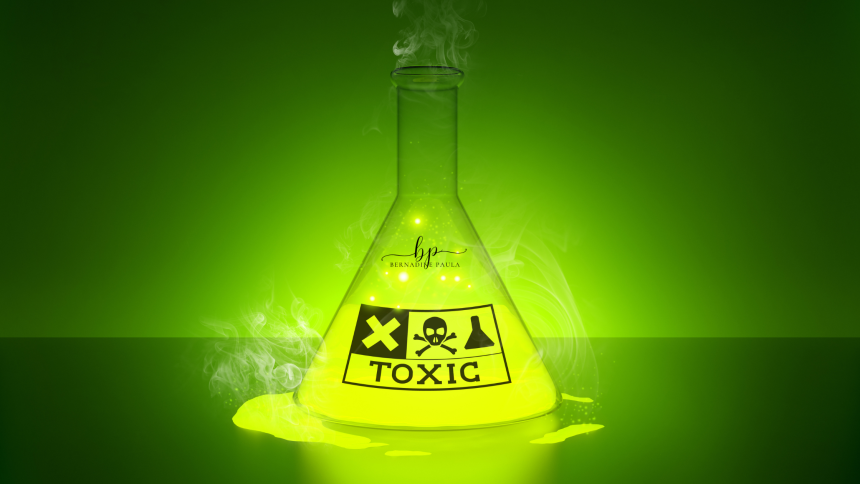In today’s workplace, it’s inevitable to encounter toxic people. These individuals can create a hostile and stressful environment, making it difficult to focus on your work and maintain your mental well-being. If you’re dealing with a toxic person at work, it’s important to take steps to protect yourself and manage the situation effectively.
Recognizing the Signs of a Toxic Person:
- Negative attitude and behavior: Toxic people often display negativity, such as complaining, gossiping, or criticizing others. They may also engage in aggressive or passive-aggressive behavior, such as yelling, interrupting, or taking credit for others’ work.
- Disruptive and manipulative: They may disrupt meetings, deadlines, or projects. They may also try to manipulate others to get what they want.
- Lack of accountability: Toxic people rarely take responsibility for their actions or mistakes. They may blame others or make excuses.
- Disrespectful and inconsiderate: They may treat others with disrespect, such as making offensive comments or jokes. They may also be inconsiderate of others’ feelings and needs.
Strategies for Managing Toxic People:
- Set boundaries: Limit your interactions with the toxic person as much as possible. Avoid getting drawn into their negativity or drama.
- Document their behavior: Keep a record of specific incidents where the person has displayed toxic behavior. This can be helpful if you need to escalate the issue to HR.
- Communicate assertively: If you need to address the person’s behavior directly, do so in a calm and assertive manner. Avoid getting emotional or defensive.
- Focus on your well-being: Make sure to take care of yourself physically and mentally. This includes getting enough sleep, eating healthy, and exercising.
- Seek support: Talk to a trusted friend, colleague, or therapist about what you’re going through.
Intervention Strategies for the Workplace:
- HR involvement: If the toxic person’s behavior is severe or affecting your work performance, you may need to involve HR. They can investigate the situation and take appropriate action.
- Company culture: Organizations can create a more positive and respectful work environment by implementing policies and procedures that address toxic behavior. This may include training on workplace harassment and discrimination, as well as conflict resolution strategies.
- Employee support: Companies can also provide support to employees who are dealing with toxic people. This may include counseling services or employee assistance programs.
Remember, you are not alone. Many people deal with toxic people at work. By recognizing the signs, taking steps to protect yourself, and seeking support, you can manage the situation and maintain your well-being.
Personal Take:
It’s incredibly challenging to maintain composure and professionalism when facing attacks from a toxic person. It feels like an uphill battle to constantly be the “better person,” especially when their behavior is designed to provoke a reaction.
However, rising above the mud, though difficult, is often the most empowering choice. It’s a testament to your inner strength and resilience.
Here are a few ways to reframe that struggle:
- Think of it as a test of your self-mastery: Each time you choose composure over reaction, you’re strengthening your self-control and emotional intelligence.
- Focus on the long game: Reacting in kind might offer temporary satisfaction, but rising above it builds your reputation as someone who handles adversity with grace.
- Detach from their negativity: Their behavior is a reflection of them, not you. Don’t let their toxicity define your actions.
It’s not about being perfect all the time. It’s about making a conscious effort to choose the higher ground, even when it’s difficult. And remember, you don’t have to do it alone. Lean on your support system, practice self-care, and prioritize your well-being.
Metaphor: “Rising above the mud:” Imagine two people in a muddy pit, one throwing mud and the other choosing to climb out. The one who climbs out becomes the “better person” not by engaging in the fight, but by reaching a higher ground.


Leave a Reply